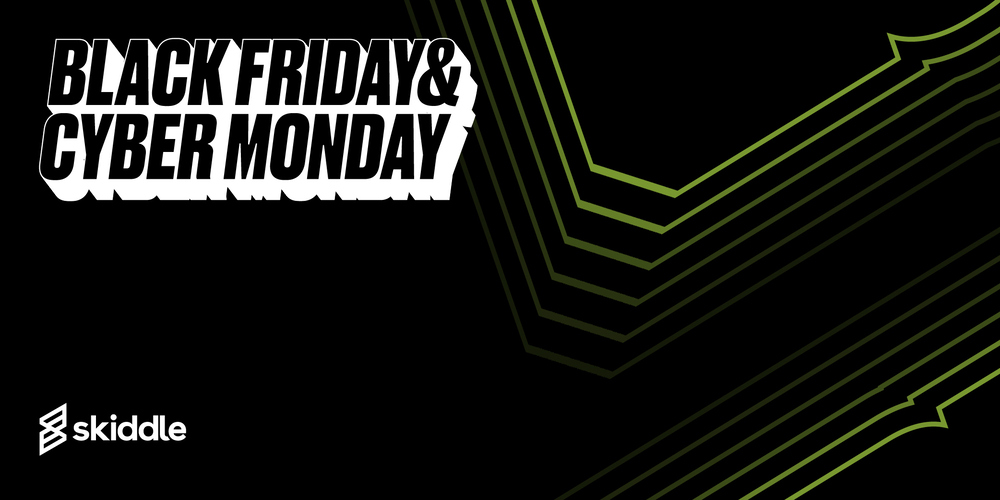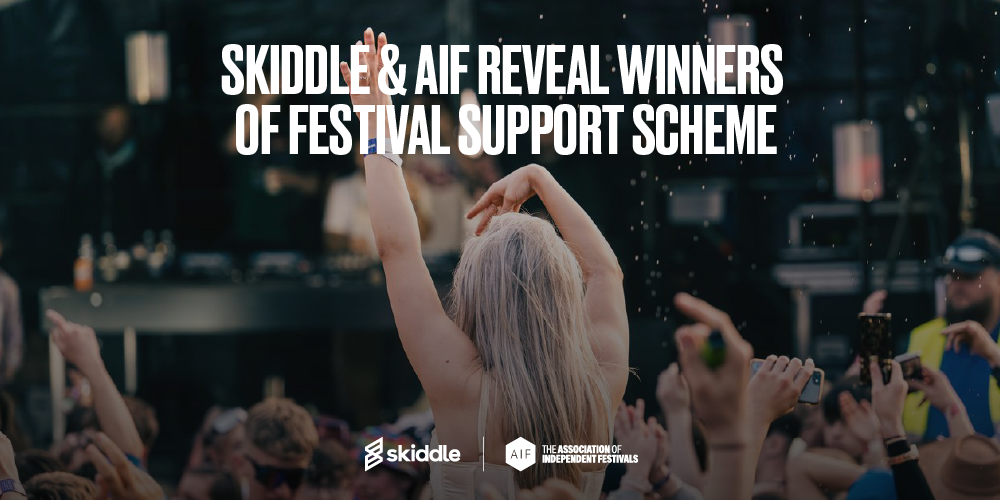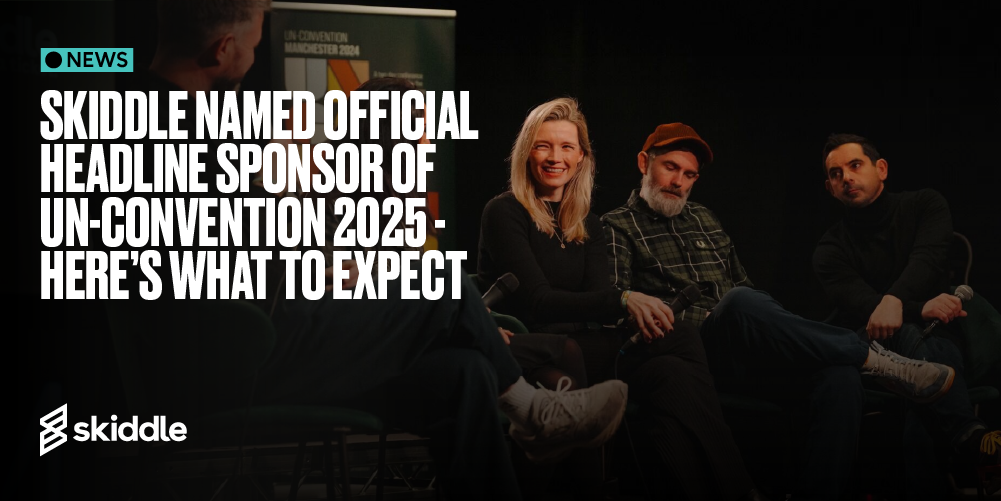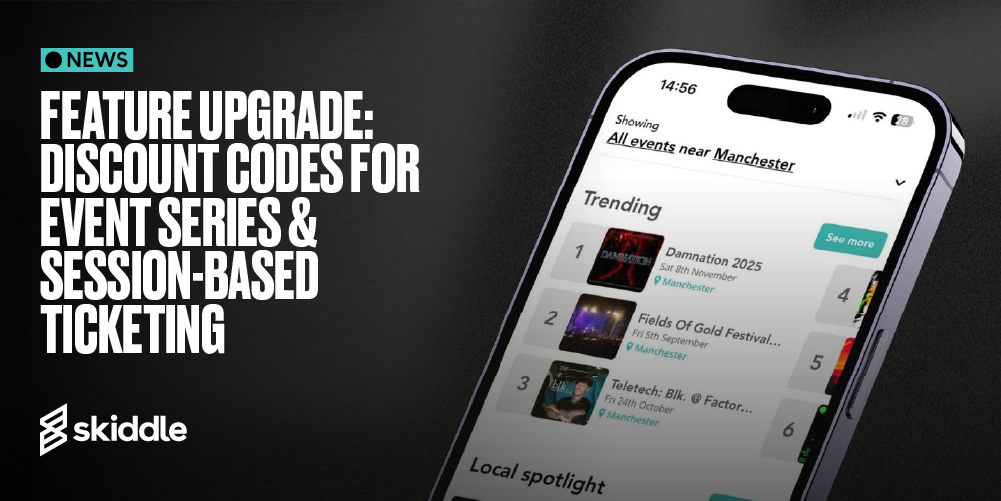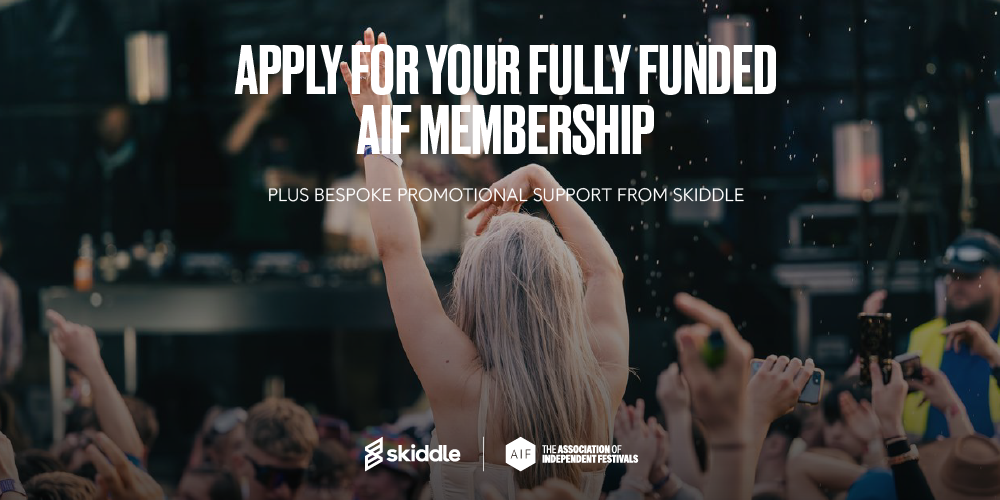- Event Promotion Tips
Skiddle Experts: Getting the most from your festival ads
-
By Ryan Moss
- 01 May 2024
- 11 min read

Paid Ads can help you spread the word about your festival. However, the methodology changes quickly and it can be hard to understand best practices.
With this in mind, we’ve enlisted the help of our Paid Media Manager, Ric. When it comes to paid media, he’s your man, and he was kind enough to answer our questions on the topic to help you get the most out of your festival ads.
So, if you’ve been stuck with paid ads this festival season or want to get an insight into what works best, keep scrolling and read our interview below.
When festival promoters are deciding which social media platform to run ads on, what aspects of the platform should they think about?
“There are a couple of factors to consider here. The first is “Where is your audience most likely to be spending most of their time?” and the second is “Where are you most likely to get the best results?”
In reality, the average person flitters between several apps on an average day, but if you have a detailed view of your customer demographics, then you can easily compare this against each app’s user demographics to see where your audience is most likely to be.
If your audience is mainly 18-24 year olds, then Snapchat could be a great platform, as this is the age category of the majority of their users. But are they using Instagram and/or TikTok too? More than likely.
More importantly, though, you should be looking at the platforms where you are most likely to get the best results. You need to be asking these questions;
- What platforms have previously performed well for me? If Meta (FB/Instagram) has performed well, don’t jump ship to try a different platform because it’s shiny and new.
- What platforms is my content most suited for? If you’ve been mainly running Meta ads, then there is a good chance that the content you have won’t be suited to TikTok. TikTok ads should look like TikTok posts, not the more polished ads you see on Meta.
- Who’s running my ads? Whether you’re running them yourself, internally or outsourcing, try and work to the strengths and experience of whoever is running the ads.
Ultimately, there is always going to be a certain level of testing on whatever social media platform you decide to advertise on, and the cliche “if it’s not broke, don’t fix it” serves well here. It’s always good to look at and test different platforms rather than just relying on the same tactics every year. Focus the majority of your budget on the platforms that have previously worked well or where you already have an engaged audience through your organic Social Media activity.”
How early should promoters think about running ads for their festival?
“The On Sale date of your festival, the date on which tickets become available, is the first key date to think about when running Ads. The days and weeks leading up to this date are likely to be when there is the most excitement around your festival.
I would highly recommend opting to use Skiddle’s Remind Me feature and running ads to get customers to sign up to Remind Me for between 7 and 14 days in the lead-up to your On Sale date.
Remind Me is a highly effective feature that allows your customers to sign up for On Sale notifications via email and text message (and WhatsApp in some cases) and is proven to generate high conversion rates.
The cost of getting a Remind Me Sign-Up through a Meta Ad is also significantly lower than getting a ticket sale, and as a result, the Return On Ad Spend (ROAS) on these ads tends to far outweigh a standard conversion ad.”
If a promoter wants to achieve ticket sales from new customers on Instagram or Facebook, what steps can they take to ensure their ads get in front of the right audience?
“Audience targeting across Facebook and Instagram has changed an unprecedented amount over the last 12 months. While building an audience to target in many ways is simpler, it’s more important than ever to get your creative right.
Generally speaking, broad audience targeting is the most effective way to reach your customers. This means only adding location and age settings in your targeting and leaving all interests and behaviours empty.”
Why does this work better?
“We’ve tested broad audiences and narrow audiences a lot, and the first thing we’ve found is the cost of advertising (CPM) is cheaper, which means your cost per action (CPA) is likely to be lower and your ROAS higher. The other and most important reason is this is what gives Facebook’s algorithm more control and data to work with, and that is when it’s at its strongest.
We can’t stress enough that for this to work, it’s important that your ad creative is strong. It needs to be engaging for your target audience and also provide all of the essential information required to get your customers to click. This includes text on your images or videos, the copy in your ad headline and the copy in the body of your ad.
Meta can help you find the right people, but you need to look at your creatives and ad copy. If it doesn’t register with your target audience, then it doesn’t matter who Meta shows it to. It will go unnoticed, and your marketing budget will be wasted.”

When considering creative, how important is it for a promoter to have ad content that aligns with the vibe of their festival?
“This is a nice carry-on from the previous question, as the two really go hand in hand. The vibe of your festival and your target audience are inevitably inextricably linked.
You no doubt created the festival with a certain type of audience in mind, whether that’s music tastes, location, age or other cultural factors. Festivals then continue to improve and transform year by year, either based on feedback from their audience or from what they’ve learnt the previous year.
Whatever creative you choose to use, and we recommend variety here, then that has to speak to your target audience because otherwise, it doesn’t matter how much marketing you do or how much budget you spend; it will be seen, but it won’t be noticed.”
Are there any general examples of creative that seem to resonate with people when it comes to festivals?
“While no creative is ever going to compete with video when it comes to promoting your festival, our advice would always be to go for variety.
It avoids creative fatigue (your audience seeing the same ad creative too many times where it becomes ineffective) and this is also what is working better on Meta in general. It likes data and it likes a variety of creative.
The other factor to consider is that different people like different creatives and it’s impossible to say: “All of my customers prefer video over image”. By having a variety of creative, you’re giving yourself the best opportunity to resonate with the majority of your audience.”
What metrics should festival promoters track to measure the success of their campaigns? How can they analyse campaign performance and use data-driven insights to optimize their ads for better results?
“When measuring success, keep it as simple as possible. While it might feel helpful to have lines and lines of data, you only really need a few metrics to see if a campaign is working.
- ROAS (Return On Ad Spend) – This is by far the most crucial. It doesn’t matter what the other metrics are if you’re not making enough money back from what you are putting in. How much this needs to be an internal decision for you and your team.
- CPA (Cost Per Acquisition) – Another important factor. How much does it cost you to convert a customer? If this is high, and you’re not happy with the other numbers, it might be a sign that you need to change something.
- CTR (Click-Through-Rate %) – Your click-through rate isn’t always a red flag on its own but if this is low and CPA is high, it’s likely you’ll never achieve a healthy ROAS with this current ad.
- CRM (Cost Per 1000 Impressions) – This is how much it costs for every 1000 impressions on your ad and is the most important signal of how expensive it is to run your ad. If this is too high, and generally speaking unless you go too narrow with targeting, it shouldn’t be, you’re going to struggle to hit a healthy ROAS.
When it comes to optimising ads, the key is to not panic and make decisions too quickly. If you don’t have any ticket sales in the first couple of days, it doesn’t mean your ad is not going to work. It’s important to look at each metric in relation to each other. If your ROAS is low but the click-through rate is high, it could be that the interest is there but customers aren’t quite ready to buy. This is also where features like Payment Plans should be utilised, as customers like to spread the cost.”
Tags
Got a question you need an answer to?
Give us a call on 03333010301 or ask us a question over on the Skiddle Promoter Twitter account by clicking or tapping on the button below. Alternatively, you can also find a list of our most frequently asked questions over at https://help.promotioncentre.co.uk

